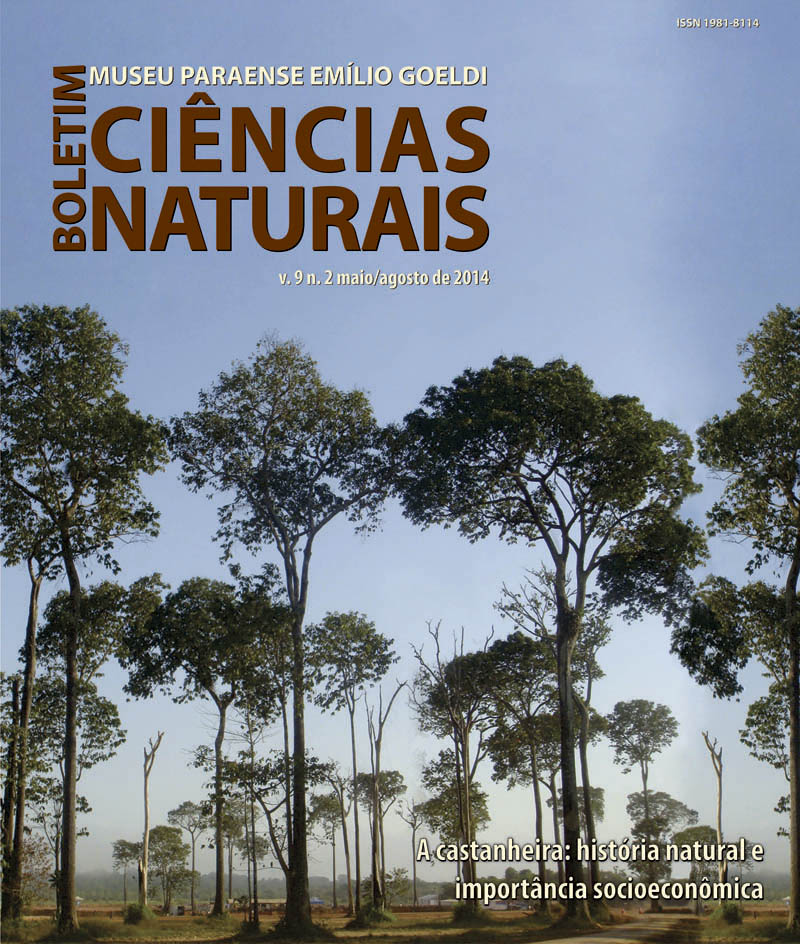Brazil nut tree: the challenges of extractivism for agricultural plantations
DOI:
https://doi.org/10.46357/bcnaturais.v9i2.526Keywords:
Brazil nut, Extractivism, Domestication, AmazonAbstract
We attempt to describe the historical trajectory of the Brazil nut as a product obtained essentially through gathering, and by the very earliest of Amerindian societies. Despite being an established product in both domestic and foreign markets, Brazil nut trees have suffered from the negative consequences of a series of public policies in the Amazon region. Japanese immigrants who settled in Tomé-Açu (1929) and Parintins (1931) were the first to try planting Brazil nut trees in agroforestry systems (AFS). In the 1980s, with the development of seedlings techniques and grafting by EMBRAPA Amazônia Oriental, large-scale plantations were attempted which struggled to achieve economic viability. The loss of Brazilian hegemony to Bolivia, the changes in the marketing process and the difficulties establishing the Brazil nut as a cultivated plant remain major challenges for the future. The inclusion of Brazil nut trees in agroforestry systems potentially offers one of the most promising ways to ensure their economic viability.
Downloads
Published
Issue
Section
License
Publication means fully assigning and transferring all copyrights of the manuscript to the journal. The Liability Statement and
Assignment of Copyrights will be enclosed with the notice of acceptance. All the authors must sign the document and return it to the journal.








